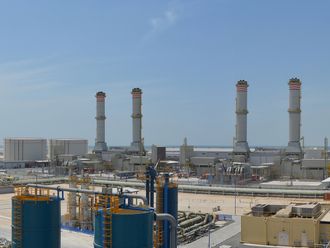
Oil is poised for one of its biggest weekly losses this year, even as OPEC+ delayed a planned increase in output.
Brent traded near $73 a barrel on Friday, down more than 7 per cent for the week, while West Texas Intermediate was close to $69. Key members of the OPEC+ coalition won’t boost output by 180,000 barrels a day in October and November.
Still, a longer-term plan to revive 2.2 million barrels a day of idle supplies over the course of a year remained in place, with the completion date pushed back two months to December 2025.
“One wonders when the patience of intentionally giving up market share with no return in sight could run out,” said Tamas Varga, an analyst at brokerage PVM, in a report.
Brent futures have trended lower since early July, with concern about the economies of China and the US “- the top two oil consumers “- stoking fears about demand. There’s also been a steady rise in crude production in the world’s largest economy in recent years, adding supply pressure to global balances.
The upshot is that even the OPEC+ delay and an almost 7 million barrel weekly drop in US crude inventories failed to significantly push up oil prices. Next week’s monthly market outlooks from OPEC, the Energy Information Administration and the International Energy Agency will be closely watched.
“We see the OPEC+ unwind delay, ongoing geopolitics and financial positioning providing price support at $70 to $72 Brent,” Citigroup Inc. analysts including Eric Lee said in a note. The bank said it sees “moves down to the $60 range in 2025 as a sizable market surplus emerges.”











